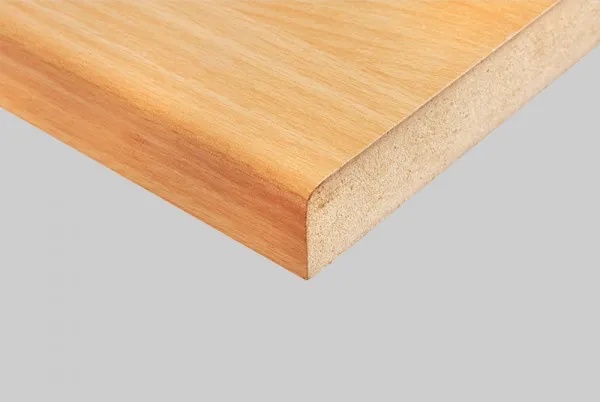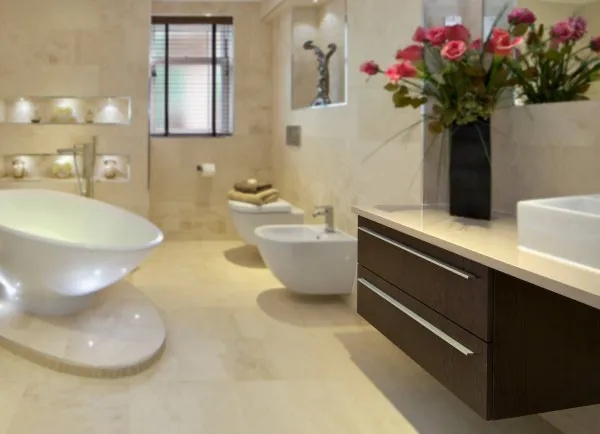Should Your Next Project Be in MDF?
- MDF is a high-grade composite material made from recycled wood fibers and resin. Machine dried and pressed to produce dense, stable sheets.
- The benefits to MDF are that it is low cost, lightweight, and less likely to warp. MDF is treated in a way that will resist moisture, so it’s perfect for the bathroom or kitchen.
- The drawbacks of MDF are that it’s not as durable and is less likely to hold value than other types of materials.
Written by Jay Pearson
Thickness, durability, and stainability—they all lead to sustainability. Medium density fiberboard (MDF) can give you almost all of those. A purist might vow to never use MDF, but there are a lot of reasons to give it a second look.

Before we get knee-deep in MDF though, let’s compare it to a few other types of material so have a point of reference:
- MDF: a High-grade composite material made from recycled wood fibers and resin. Machine dried and pressed to produce dense, stable sheets. It’s low cost and lightweight but won’t last as long as plywood or solid.
- Plywood: Thin sheets of wood are compressed together to form a single thicker sheet. It’s strong, easily paintable and holds screws well. But it can also get pricey, and often splinters.
- Solid Wood: Au naturale. Straight from the tree. Long-lasting, easy to paint or stain, but most expensive.
One benefit of using MDF is that it’s less likely to warp. MDF is treated in a way that will resist moisture, so it’s perfect for the bathroom or kitchen. In terms of appearance, because it is made of microparticles, there aren’t any visible grain patterns which allows for a smoother finish. And speaking of finish, you will need to use an oil-based primer to prevent paint absorption (otherwise it will absorb the paint without proper pre-prep). MDF is also available in bigger thicknesses. So, if you need a large piece of wood that doesn’t require joints, it’s a great option.

Where it doesn’t perform as well is durability. So if you have “active” pets or kids, MDF may not be for you. Also, while it’s less expensive on the front end (did we mention MDF is typically 10-15% cheaper?), it could cost you on the back end. If this project is in your home and you might be selling in the next few years, solid wood will hold its value better.
So determine your budget, how the finished product will be used, and how long you hope it’s around for. To sum up, MDF is:
- Lower cost
- Resistant to moisture
- Great for large singular sheets
- Not as durable
- Less likely to hold value
And when you do decide on what configuration of wood you’re going to use for your next project, we happen to know of a pretty good slider company we can recommend.
Follow Accuride on Facebook, Instagram, and Twitter, and be sure to sign up for our email! That way you can be in-the-know when it comes to all the latest woodworking tips and industry updates.
Jay Pearson has worked as an author, copywriter, and marketer across a variety of industries. When not working or attending one of his kid’s activities, he enjoys running and biking at the beach, driving his classic BMW, and rooting for the UCSB Gauchos and Arsenal F.C.
Sources:
https://www.thesprucecrafts.com/best-wood-for-drawer-construction-3970454
https://sebringdesignbuild.com/mdf-vs-wood-why-mdf-has-become-so-popular-for-cabinet-doors/
https://hackaday.com/2016/04/14/materials-to-know-medium-density-fiberboard/
http://www.modgsi.com/What-The-Heck-Is-MDF-Anyway_b_24.html
https://www.kompareit.com/homeandgarden/cabinets-particle-board-vs-plywood.html
Related Posts
5 Project Plans with Accuride Slides
June 6th, 2023
Has Your Drawer Slide Lost Its Smooth Movement?
June 5th, 2023
